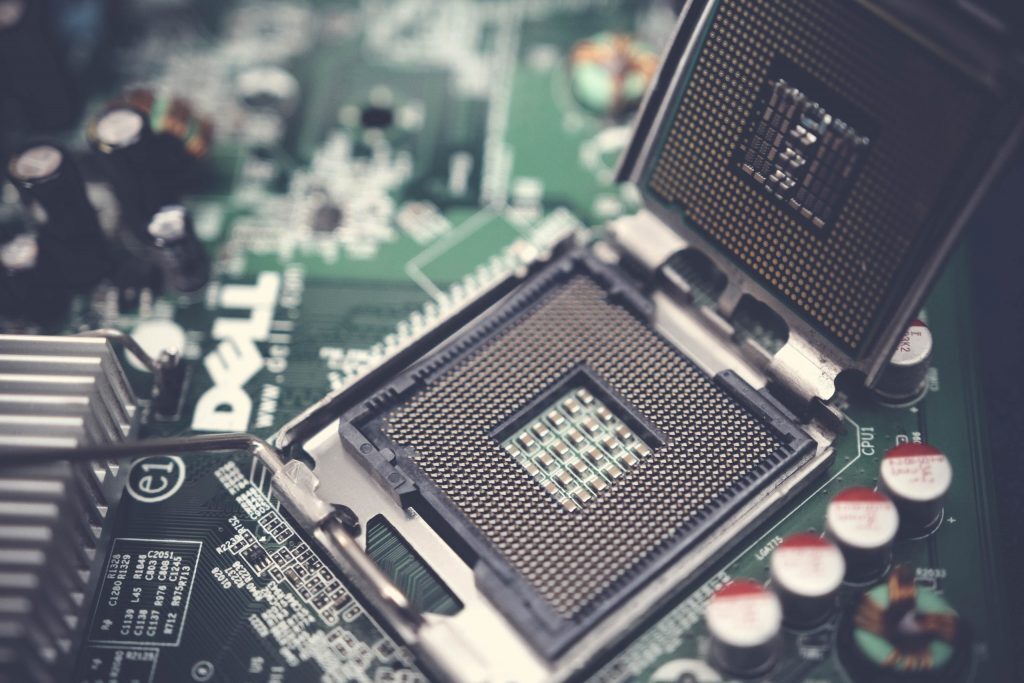We’re over halfway through 2021, and it doesn’t look like the chip shortage is easing up, at least not for the rest of the year. It is also the time of the year for the big companies to give the shareholders something to chew on, or in this case, cause not to panic.
In a conference call to investors, Apple CEO Tim Cook reassured them by saying “We’ll do everything we can to mitigate whatever circumstances we’re dealt.” Your guess would be as good as ours as to what that actually means. But if we were to hazard a guess, the smart move for Apple would be to prioritise its most profitable products, like the iPhone 12 and probably iPhone 13 when it launches soonish.
The chip shortage hasn’t changed the Blue vs Red skirmish
Chip designer AMD has also had to find ways to mitigate the effect the chip shortage has had on its supply chain. After many years of being the David to Intel’s Goliath, the chipmaker has finally carved out a respectable market position for itself. While its flagship CPUs are finally able to outperform their Intel equivalents –for the most part — if AMD isn’t able to supply those parts, consumers will have no choice but to go with team blue.
Not to be outdone by AMD in supply shortage as well, Intel says its supply shortage is much worse than AMD’s. Okay not really, but team blue is definitely facing its own problems with substrate shortages. Intel hopes to alleviate some pressure by building more foundries, but those aren’t built in a day. Intel CEO Pat Gelsinger predicts “a year to two years until we’re back to some reasonable supply-demand balance.”
Depending on how you look at it, the global chip shortage could actually benefit Intel who has, for the most part, been steadily losing market share since AMD introduced its Zen architecture back in 2017. As the market slows, so too will the gap between them.
Source: Ars Technica




